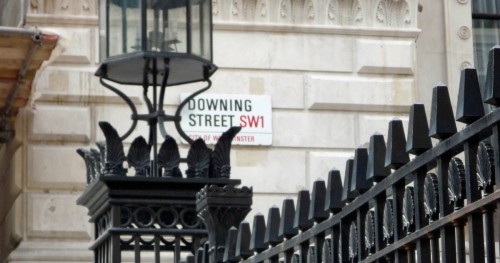
Freelancers' Questions: Can I freelance at night and still have a day job?
Freelancer’s Question: I would like to work as a freelance graphic designer in the evenings. I'd obviously need to invoice clients. So would I need to register as a sole trader with HMRC? If so, as a sole trader I’d be stating I’m self-employed when actually I already have a full-time job as an employee. Would setting up a company be better, or get around this issue?
Also, the freelance work is going to be only for small beer but I don’t want to break any rules so what must I do to execute the work compliantly but with minimum hassle?
Expert’s Answer: Although you are already employed, there is no reason why you cannot also be self-employed as a graphic designer. Given your comment that it is likely to be small beer, it is likely to be best, at least initially, to trade on a self-employed basis. Other forms of registration, such as a limited company, would be more appropriate if you were generating more income from this source. You can always switch to a limited company later if the amount of income grows over time.
To trade as self-employed, you simply need to register with HMRC which you can do online if you aren’t already registered for self-assessment. Otherwise, you will need to register using a form CWF1 which you can also complete online. The form can be completed on screen, and emailed or printed and posted. You should do this as soon as possible after you start trading.
Then, you’ll need to keep records of all of your income and expenditure. You don’t need a separate bank account for the business, though having one can make it easier to keep track of the business income and expenditure rather than having it all mixed in with your own personal transactions.
You will need to pay Class 2 National Insurance (of £2.80 per week) if your business profits exceed £5,965 and Class 4 National Insurance if your business profits exceed £8,060 (at 9% of the amount over that figure, up to profits of £43,000, when the rate drops to 2% over that).
You will also pay tax on your profits. Assuming your current income is greater than £11,000, you will pay tax at 20% on your profit from the graphic design work, unless your total income including the profit is greater than £43,000, in which case that part of the profit that takes your total income over £43,000 is taxed at 40% rather than 20%.
Lastly, you might like to look into whether it is worth you voluntarily registering for VAT under the Flat Rate Scheme if you are going to do work for VAT-registered businesses. Good luck with your freelance career!
The expert was Graham Jenner, founder of chartered accountancy firm Jenner & Co.
More on how to finda freelancer and sole trader accounts and bookkeeping.



Comment
Log in or create your account to react to the article.